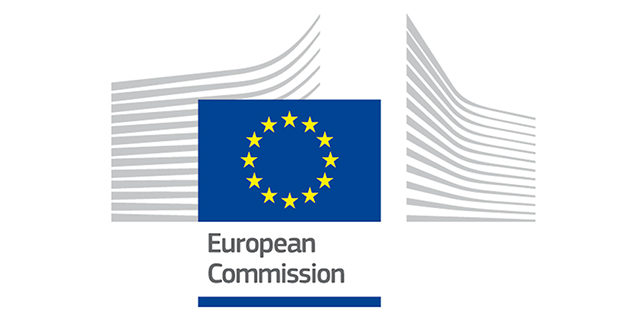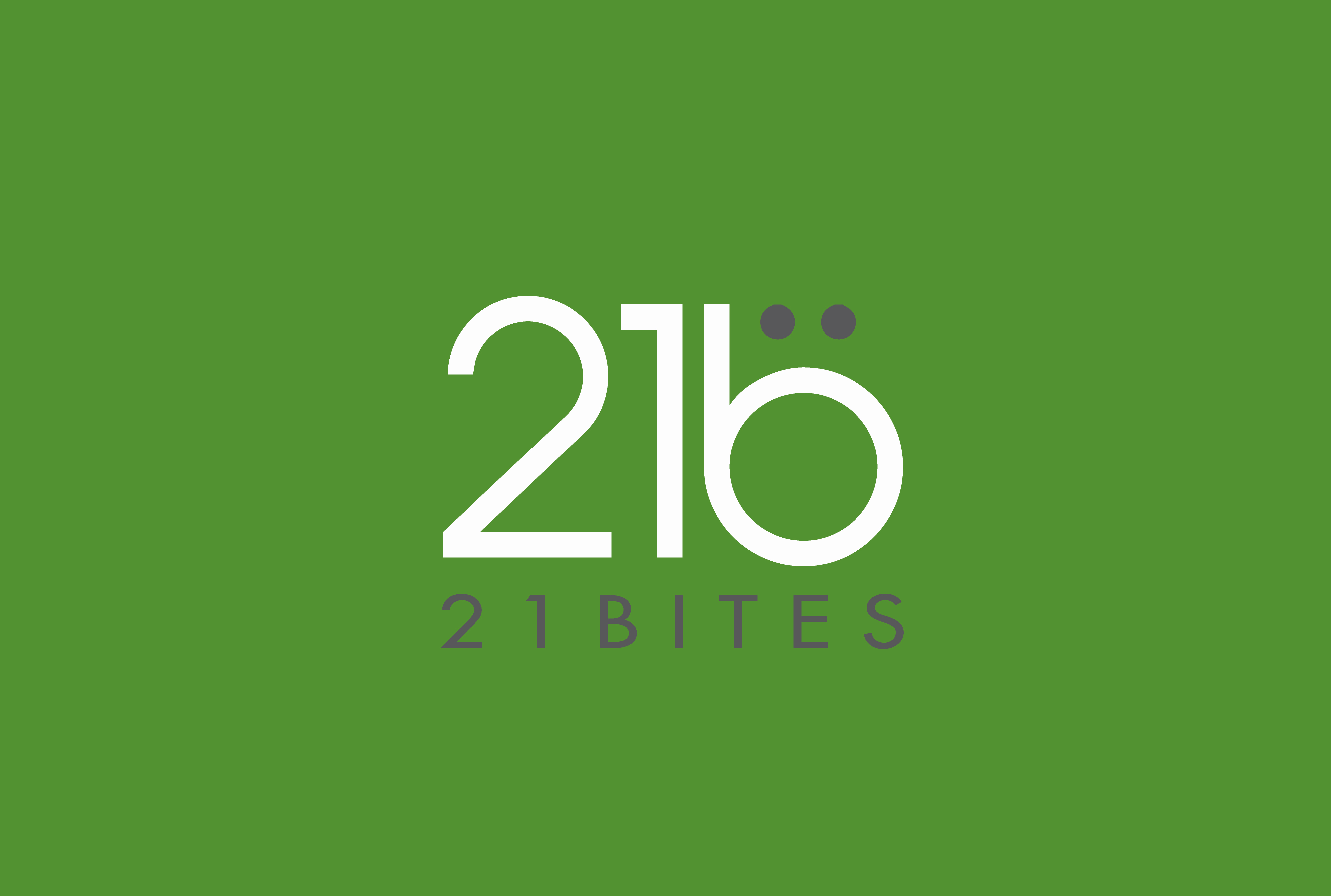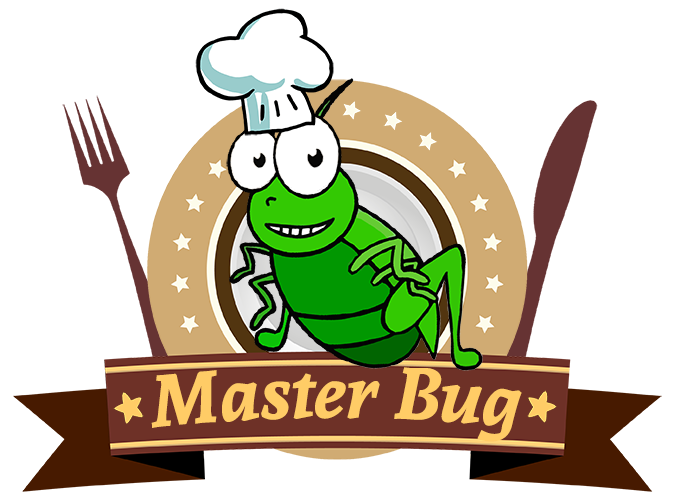In a recent article, Jonas House, an expert in food acceptance and edible insects, addressed the current industry’s state of the art in Europe. He mentioned that there are currently four species of edible insects that are most widely available on the market. Since the new Novel Food regulation that came in place on the 1st of January 2018, applications must be submitted for each species of insects. Following the European Commission website, a form for each of these species has now been filled. What does it means?
What are the “big 4” species of edible insects in Europe?
There are more than 2100 of insects that are recorded as edible. Among such a diversity, 4 of them start to get accepted as a food source in Europe. These species are farmed on a close-to industrial scale by different companies across the continent. The choice of these four species has been made according to several factors. The insects’ farmers already had some know-how regarding the breeding technics and the species present some interesting characteristics:
A short-life cycle
A well-known and acceptable behaviours
An availability of the food
Acceptability as a food source
Interesting nutritional values
A short-life cycle
A well-known and acceptable behaviours
An availability of the food
Acceptability as a food source
Interesting nutritional values
(It’s interesting to mention that taste wasn’t a factor taken into account).
In Europe, the entomophagy sector started in the Netherlands where farms already had dozens of years of breeding experience in these particular species.
As called by Jonas House, the “big 4” species of edible insects are
The house cricket (Acheta domesticus)
The mealworm (Tenebrio molitor)
The lesser mealworm or buffalo worm Alphitobius diaperinus)
The migratory locust (Locusta migratoria)
The mealworm (Tenebrio molitor)
The lesser mealworm or buffalo worm Alphitobius diaperinus)
The migratory locust (Locusta migratoria)
If you look for tasty products made out of European edible insects, there is a good chance that one of these insects is in your food!
5 Novel food applications for edible insects
Since the 1st of January 2018, insects are now part of the new Novel Food regulation. Therefore, an application for each species of insect that is intended to be considered as food and sold on the market must be submitted. It’s companies and group of companies who farm the insects that filled these dossiers.
Since the 1st of January 2018, insects are now part of the new Novel Food regulation. Therefore, an application for each species of insect that is intended to be considered as food and sold on the market must be submitted. It’s companies and group of companies who farm the insects that filled these dossiers.
For now, five applications have been submitted and are waiting for being reviewed. In chronological order appearance on the European Commission website:
The lesser mealworm (Alphitobius diaperinus) submitted by Kreca Proti-Farm (NL)
The banded cricket (Gryllodes sigillatus) submitted by Micronutris (FR)
The mealworm (Tenebrio molitor) submitted by Micronutris (FR)
The migratory locust (Locusta migratoria) submitted by the BiiF (BE)
The house cricket (Acheta domestica) submitted by the BiiF (BE)
The banded cricket (Gryllodes sigillatus) submitted by Micronutris (FR)
The mealworm (Tenebrio molitor) submitted by Micronutris (FR)
The migratory locust (Locusta migratoria) submitted by the BiiF (BE)
The house cricket (Acheta domestica) submitted by the BiiF (BE)
As each application has high costs, only the most advanced companies can fulfil this process.
What will it mean for the edible insects market in Europe?
First of all, nothing for now! Once an application has been submitted, the European Commission starts taking the first look at it during the nine following months. After this first read, it could take up other several months to debate and make a final decision. We could, therefore, expect that nothing will change before 2019. That’s also the reason why there are 2 years of “permission period” for the products that were on the market before the 1st of January.
But, that’s not the only uncertainty!
As an example, what was the delay between the submission of the application and its availability on the EU website?
It’s also not clear for now up to which extents those applications can be applied. There are different levels of precisions among all the dossiers. Some of them seem to cover the species of insects under all its forms (frozen, freeze-dried, in powder) other mention a specific transformation process (dried) and others refer to particular food products. Are the applications species, food-products or process specific?
Even if other species of insects are not as widely available, it’s not impossible that new application can be submitted.
First of all, nothing for now! Once an application has been submitted, the European Commission starts taking the first look at it during the nine following months. After this first read, it could take up other several months to debate and make a final decision. We could, therefore, expect that nothing will change before 2019. That’s also the reason why there are 2 years of “permission period” for the products that were on the market before the 1st of January.
But, that’s not the only uncertainty!
As an example, what was the delay between the submission of the application and its availability on the EU website?
It’s also not clear for now up to which extents those applications can be applied. There are different levels of precisions among all the dossiers. Some of them seem to cover the species of insects under all its forms (frozen, freeze-dried, in powder) other mention a specific transformation process (dried) and others refer to particular food products. Are the applications species, food-products or process specific?
Even if other species of insects are not as widely available, it’s not impossible that new application can be submitted.
Having 5 applications that will be reviewed by the European Commission clearly means that the edible insect industry could have a bright future in Europe.
So, what can we do now? Now that the applications have been applied, we can wait, eat delicious European insects, and see!
Resource:
Insects as food in the Netherlands: Production networks and the geographies of edibility – Jonas House(2018) Geoforum Volume 94, August 2018, Pages 82-93 https://doi.org/10.1016/j.geoforum.2018.05.011






